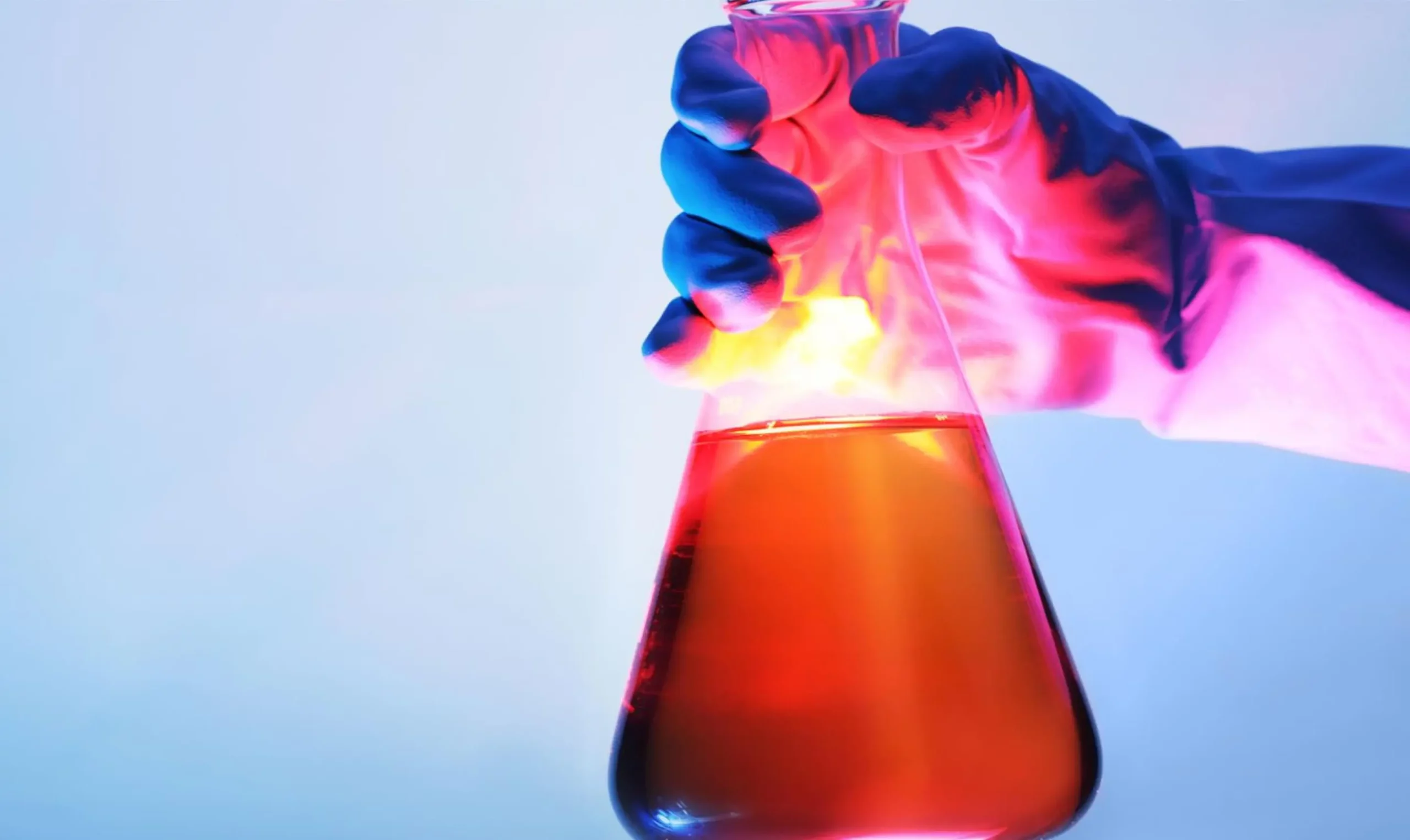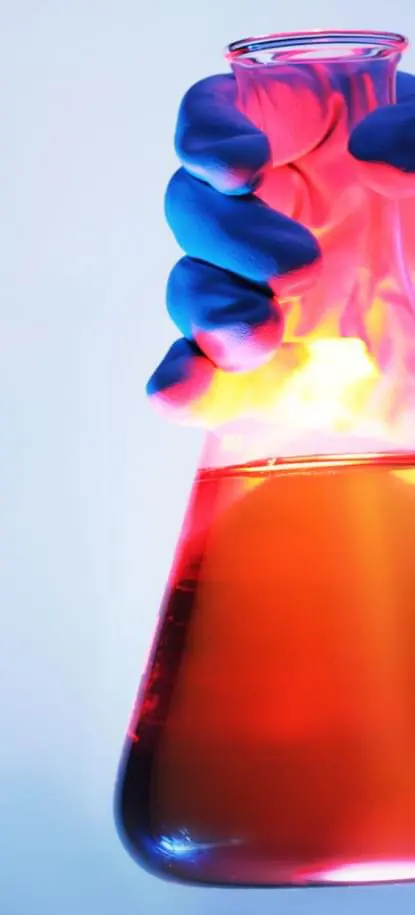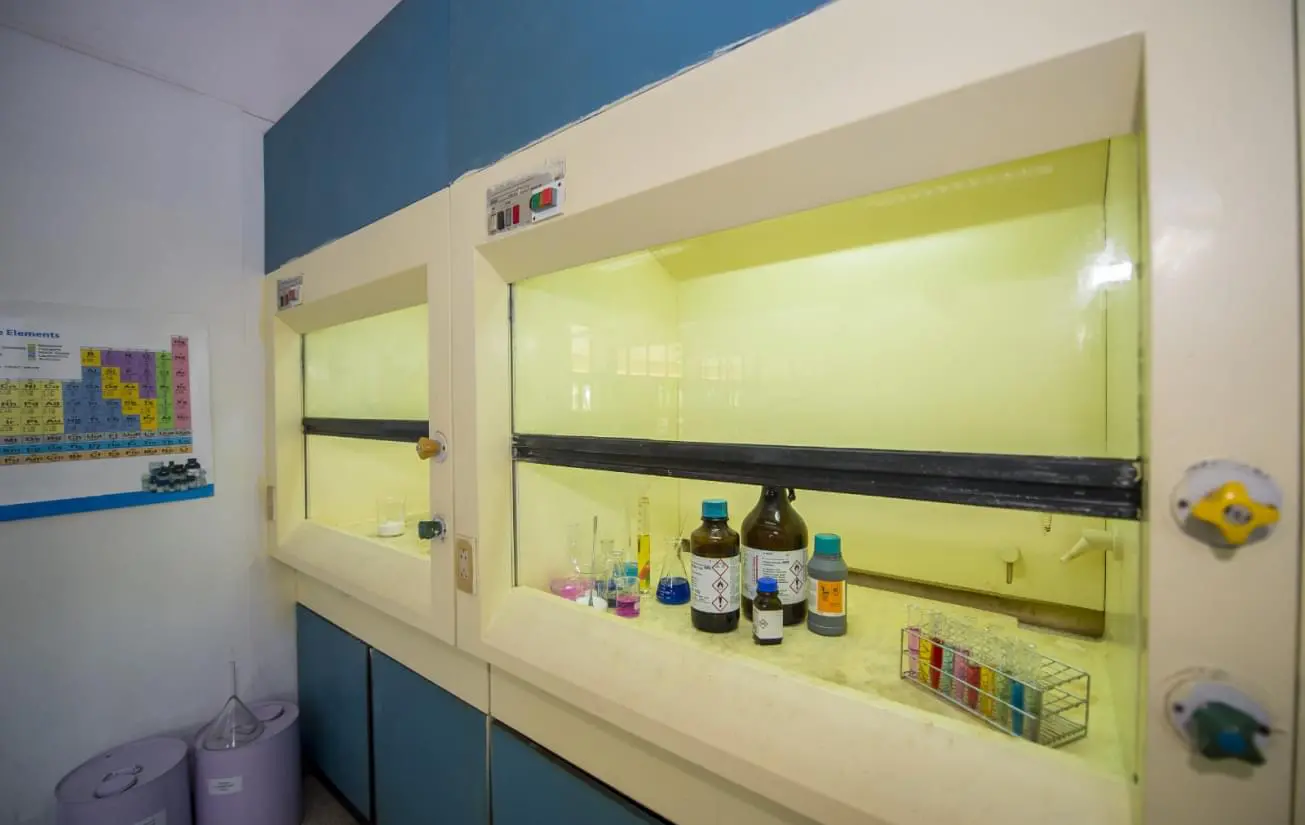




Quick Links:







Hydrofluoric acid (HF) is a weakly corrosive but highly toxic acid used for many purposes including mineral digestion, surface cleaning, etching, and
biological staining. HFʼs unique properties make it significantly more hazardous than many of the other acids used on campus. This document discusses how to protect against the dangers of HF.
All persons working in the lab (not only those working with HF) should know:
Persons should not work alone when handling HF, but should use a buddy system instead.

HF is corrosive and readily destroys tissue via its high toxicity. Exposure of the eyes to HF may result in blindness or permanent eye damage. HF readily penetrates skin, allowing it to destroy soft tissues and decalcify bone. Chemical burns from HF are typically very painful and slow to heal. Skin exposure to higher concentrations of HF (approximately 50% or greater) immediately results in serious and painful destruction of tissue. Not only can skin contact cause burns, but systemic fluoride poisoning is deadly. One of HFʼs most insidious properties is that skin contact at lower concentrations may not produce pain or burning sensations until hours after the exposure. Because of the ability of HF to produce severe delayed tissue damage without necessarily producing pain, all skin, eye, or tissue contact with HF should receive immediate first aid and medical evaluation, even if the injury appears minor or no pain is felt.
Inhaling HF vapors can seriously damage the lungs. Delayed reactions up to and including fatal pulmonary edema (flooding of the lungs with body fluids) may not be apparent for hours after the initial exposure. Airborne concentrations of 10 to 15 ppm will irritate the eyes, skin, and respiratory tract. Exposures of 30 ppm is considered immediately dangerous to life and health and may have irreversible health effects. At airborne concentrations above 50 ppm, even brief exposure may be fatal.


HF must be used with adequate ventilation to minimize inhalation of vapor. Concentrations greater than 5% should always be handled inside a properly functioning chemical fume hood. The chemical fume hood needs to have a current calibration sticker.
Prevent contamination of the work surfaces by placing plastic trays on the work surface before starting HF procedures.
Chemical splash goggles in addition to face shield when handling concentrated HF. Due to HFʼs highly toxic nature, safety glasses with side shields do not provide adequate eye protection.
Wear a laboratory coat with a chemical splash apron made out of natural rubber, neoprene, or viton. Never wear shorts or open-toed shoes when handling HF or other corrosive chemicals.
All exposures to HF require immediate first aid and prompt medical treatment.
Calcium gluconate gel is a topical antidote for HF skin exposure. Calcium gluconate works by combining with HF to form insoluble calcium fluoride, thus preventing the extraction of calcium from tissues and bones.
Keep calcium gluconate gel nearby whenever youʼre working with HF. Calcium gluconate has a limited shelf life and should be stored in a refrigerator if possible and replaced with a fresh supply after its expiration date has passed.
Use disposable nitrile gloves to apply calcium gluconate gel. Even after applying calcium gluconate, it is essential that a medical evaluation be made.
Every lab that handles HF must have an HF spill kit available.
HF Kit Contents:
If HF is spilled outside a chemical hood, evacuate the area, close the doors, post the area with a sign to prevent others from entering, and call 911 (012-808-0911 mobile).
Small spills of HF inside a chemical fume hood can be cleaned up by laboratory staff if they have received spill clean-up training from HSE, have the correct equipment, understand the hazards, and are confident in their ability to clean up the spill safely and dispose of the waste properly.
Calcium carbonate, or a spill absorbent specified for HF should be used for clean-up. Organic spill kits that contain Floor-Dri, kitty litter, or sand should not be used because HF reacts with silica to produce silicon tetrafluoride, a toxic gas.